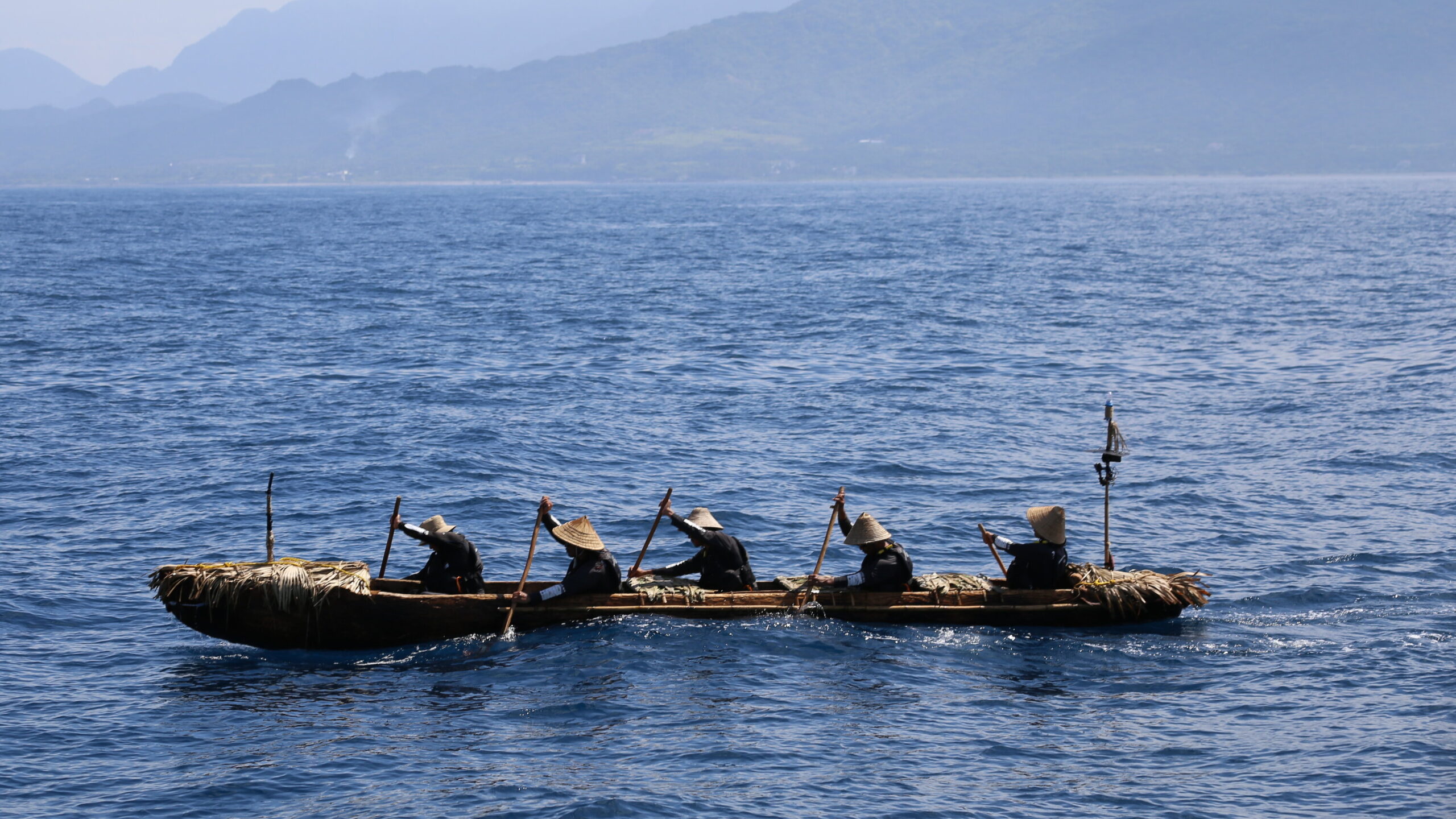
Scientists Retrace 30,000-Year-Old Ocean Voyage, in a Hollowed-Out Log
How did your country report this? Share your view in the comments.
Diverging Reports Breakdown
Scientists Retrace 30,000-Year-Old Ocean Voyage, in a Hollowed-Out Log
Two men and a woman set out on a journey from Hawaii to New Zealand. The journey took more than a week. The men and women traveled by canoe, kayak and kayak boat. The trip was completed in less than two days. The pair are now on their way back to the U.S. with a new set of instructions. They hope to continue the journey in the future.
In 2019, in much the same spirit, a research team led by Yousuke Kaifu, an anthropologist at the University of Tokyo, built a dugout canoe in order to study another aspect of western Pacific migration: How did ancient humans, more than 30,000 years ago, navigate the powerful Kuroshio current from Taiwan to southern Japanese islands, such as Okinawa, without maps, metal tools or modern boats? “Since any physical evidence would have been washed away by the sea, we turned to experimental archaeology, in a similar vein to the Kon-Tiki,” Dr. Kaifu said.
Two new studies published on Wednesday in the academic journal Science presented the results of those experiments. In one report, advanced ocean models recreated hundreds of virtual voyages to pinpoint the most plausible routes for the crossing. “We tested various seasons, starting points and paddling methods under both modern and prehistoric conditions,” Dr. Kaifu said.
The other paper charts the 45-hour journey that Dr. Kaifu’s crew made from eastern Taiwan to Yonaguni Island in the southern Ryukyus. The mariners, four men and one woman, paddled the 25-foot canoe, a hollowed-out cedar log christened Sugime, for 122 nautical miles on the open sea, relying solely on the stars, sun and wind for their bearings. Often, they could not see their target island.
Source: https://www.nytimes.com/2025/06/25/science/anthropology-ocean-migration-japan.html
